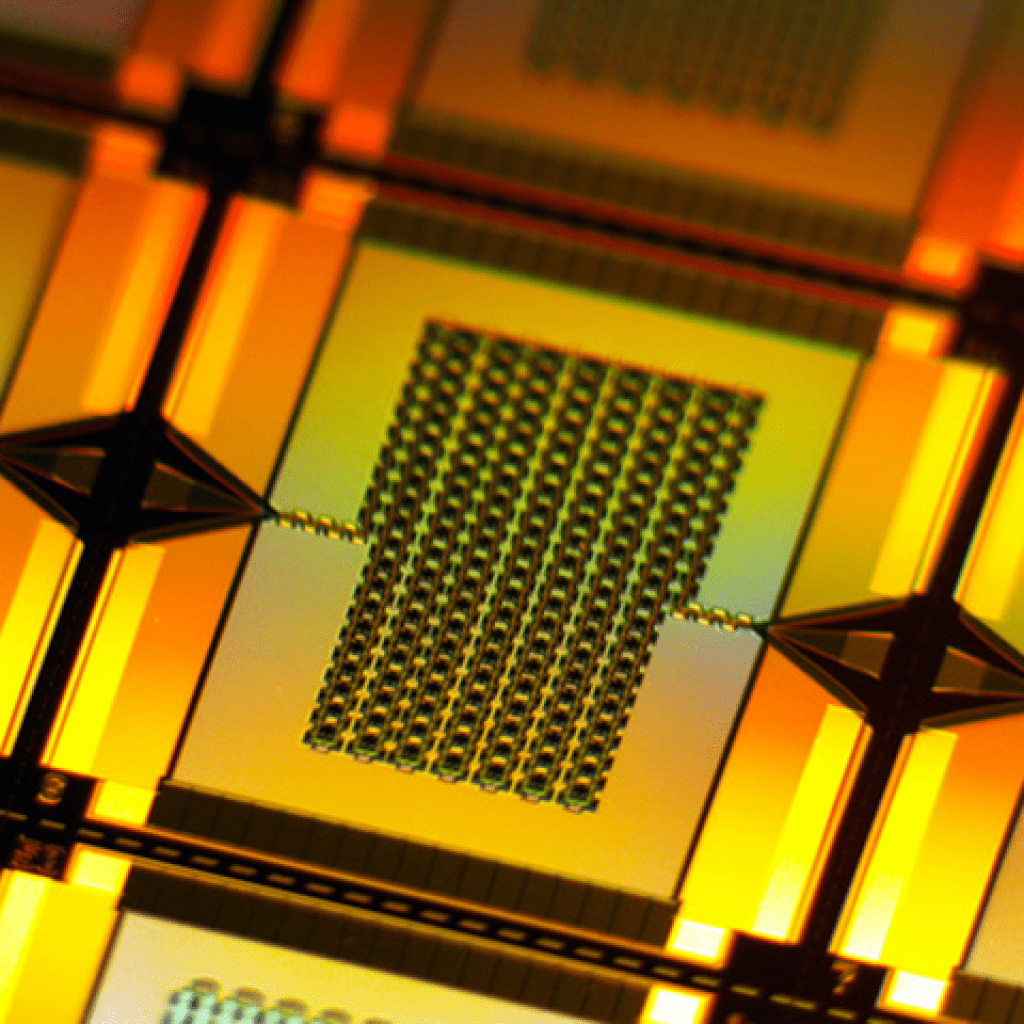Because of the fragility and sensitivity of the qubits within a quantum computer, environmental noise is a key factor in maintaining the integrity of the entire system. Because this noise can affect the analysis and read-out by a quantum computer, engineers and scientists around the world are trying to find ways to lower this noise while maintaining current levels of communication between qubits. Recent research from MIT suggests a possible new method of noise control while boosting quantum signals by using a process known as squeezing. With their results published in Nature Physics, the researchers are hopeful that squeezing can be utilized in creating more robust components for a quantum computer.
Spelling out Squeezing
According to first author and MIT graduate student Jack Qiu, squeezing works by redistributing the environmental noise from one variable to a different variable, so that the total amount of noise is the same, it is just less on one parameter. As Qiu explained further: “A quantum property known as the Heisenberg Uncertainty Principle requires a minimum amount of noise to be added during the amplification process, leading to the so-called ‘standard quantum limit’ of background noise. However, a special device called a Josephson parametric amplifier can reduce the added noise by ‘squeezing’ it below the fundamental limit by effectively redistributing it elsewhere.”
This redistribution is especially helpful when researchers are focused on one specific parameter in the system. “Quantum information is represented in the conjugate variables, for example, the amplitude and phase of electromagnetic waves,” Qiu added. “However, in many instances, researchers need only measure one of these variables – the amplitude or the phase – to determine the quantum state of the system. In these instances, they can ‘squeeze the noise:’ lowering it for one variable, say amplitude, while raising it for the other, in this case, phase. The total amount of noise stays the same due to Heisenberg’s Uncertainty Principle. Still, its distribution can be shaped so that less noisy measurements are possible on one of the variables.”
Implementing Squeezing in the System And Boosting Quantum Signals
In their experiment, Qiu and his team focused on using a new type of device to initiate squeezing. “In this work, we introduce a new type of dispersion-engineered Josephson traveling-wave parametric amplifier (JTWPA) designed for squeezing,” Qiu stated. “The device comprises many Josephson junctions [junctions containing superconducting currents] in series and periodically-loaded phase-matching resonators to support dual-pump operation.” With this device, the researchers could fine tune their entire system, allowing for photons to combine into stronger and more amplified quantum signals. The results they found with this new device and experimental set up was exciting. “This architecture enabled [the quantum signals] to reduce the noise power by a factor 10 below the fundamental quantum limit while operating with 3.5 gigahertz of amplification bandwidth,” Qiu explained. “This frequency range is almost two orders of magnitude higher than previous devices. Our device also demonstrates broadband generation of entangled photon pairs, which could enable researchers to read out quantum information more efficiently with a much higher signal-to-noise ratio.”
Because the current development of quantum computers is working to improve quantum signals between qubits while lowering environmental noise, the results from this experiment could be of importance. As Qiu and his team are continuing to research this process, they are hopeful that their work can influence others in the quantum industry. As Qiu said: “It has tremendous potential if you apply it to other quantum systems — to interface with a qubit system to enhance the readout, or to entangle qubits, or extend the device operating frequency range to be utilized in dark matter detection and improve its detection efficiency.”
Kenna Hughes-Castleberry is a staff writer at Inside Quantum Technology and the Science Communicator at JILA (a partnership between the University of Colorado Boulder and NIST). Her writing beats include deep tech, the metaverse, and quantum technology.
